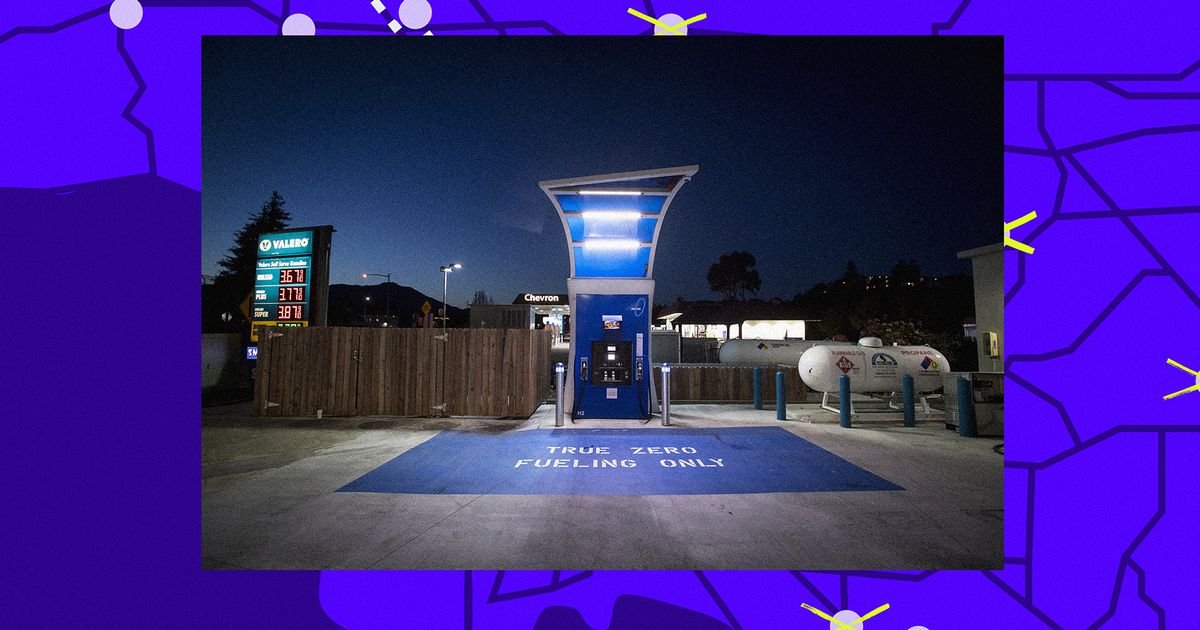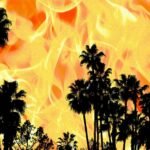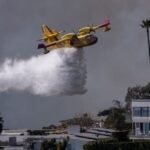[ad_1]

In 2004, California Governor Arnold Schwarzenegger announced plans for a “hydrogen highway.” It called for a new kind of fuel station, built to support a new kind of electric vehicle. Cars powered by hydrogen fuel cells could help clean up the air and free the US from foreign oil — and California could lead the way.
That’s not what happened. Twenty years later, the American auto industry is shifting overwhelmingly to electric vehicles… but they run on batteries, not hydrogen. The hydrogen highway is littered with shortages, high prices, and faulty equipment. Thousands of drivers across the state are left wondering whether they bet on the wrong future.
We wanted to find out what happened to California’s hydrogen dream.
So, we hit the road.
Our mission: a roughly 450-mile trip across California in a Toyota Mirai, the most popular hydrogen-powered car on the market today. We planned to drive around the Bay Area, down through Central California, and into Los Angeles, visiting as many stations and meeting as many drivers as possible along the way.
Bay Area
Milpitas
We rented a Mirai on Turo — it was one of only two available hydrogen-powered cars on the platform in the Bay Area. The car’s owner, Salman, told us he was concerned about our itinerary.
Cupertino
Manideep and Rupesh were the first fuel cell drivers we met. They’ve been driving their Mirai for about four months, and while they love the car, the fuel situation is wearing on them. They also had some advice for our road trip.
Sunnyvale
All the hydrogen pumps we saw were co-located at traditional gas stations; the hydrogen distributor leases the space from station owners. At some stations, hydrogen pumps were sandwiched between gas pumps.
Palo Alto
One pump we visited in Palo Alto has been offline for two years. The pump’s operator, FirstElement Fuel, told us that it took the pump over from a different hydrogen supplier but that systems issues have prevented it from bringing the station online.
South San Francisco
Earlier this year, Shell closed nearly all of its hydrogen stations across the state; there are no longer any active stations in the city of San Francisco. It’s put additional strain on the remaining Bay Area stations.
Oakland
Another Mirai driver we met, Rebecca, was committed to her car and more optimistic about the future of hydrogen.
San Jose
We needed to top off the tank before leaving the Bay Area. The final station we visited was online — but actually getting fuel was another story.
Along the I-5 corridor between San Francisco and Los Angeles, there are hundreds of battery EV charging plugs — and one hydrogen pump. It’s at a place called Harris Ranch, a rest stop deep in California’s Central Valley. Since our Mirai wasn’t likely to make it all the way to SoCal on one tank, we stopped at Harris Ranch to refuel and see whether other hydrogen road trippers showed up.
Harris Ranch
Harris Ranch Resort
The Harris Ranch Resort is massive. In addition to a Shell gas station, Tesla Superchargers, and a hydrogen pump, it also boasts a Spanish hacienda-style hotel, multiple restaurants, and a gift shop with its own butcher counter.
Tesla Supercharger
The Harris Ranch Supercharger station is reportedly the largest bank of chargers ever built by Tesla. While waiting for hydrogen cars to show up, we wandered over and asked Tesla drivers about life with their battery-electric cars.
James Sweet Bonsai
James Kim has been selling bonsai trees for 23 years. His van is parked just across the street from the exit to Harris Ranch, and he says he gets customers from all over. His largest trees are more than 30 years old.
Hydrogen Fuel Station
After four hours of waiting, another Mirai finally showed up. Billy Chen has made the trip between LA and San Francisco several times — he’s the only driver we found who has.
Since September of 2023, 13 hydrogen stations in the Los Angeles area have been largely offline due to problems with a regional fuel supplier. The shortage has been a major headache for fuel cell drivers in LA — and there are more here than anywhere else in the state.
Los Angeles
San Fernando
The first station we reached in Southern California had four fuel pumps and was unaffected by the hydrogen shortage. Unsurprisingly, it was the busiest station we visited.
Sherman Oaks
There’s a concentration of hydrogen-powered cars here in LA, but the ecosystem is still exceptionally niche. In the first half of 2024, about 322 fuel cell cars were sold in California. At many stations, Mirai sightings were rare.
Burbank
We heard a similar story from lots of drivers: they were considering a battery-electric car but were talked into a Mirai. Many regretted the choice.
Studio City
Like in the Bay Area, there are very few stations in Southern California outside of Greater Los Angeles. So, road trips farther afield are risky.
Hollywood
As of publication, there is no estimate for when the hydrogen supply shortage in Southern California will be resolved, leaving stations like this one offline indefinitely. The shortage will hit the one-year mark in September.
Even if California’s hydrogen highway falls apart, fuel cell technology may still find its niche in a decarbonizing world. The Verge’s Andrew Hawkins dove into the world of hydrogen-powered trucks, boats, planes, and a lot more.
[ad_2]
Source link





